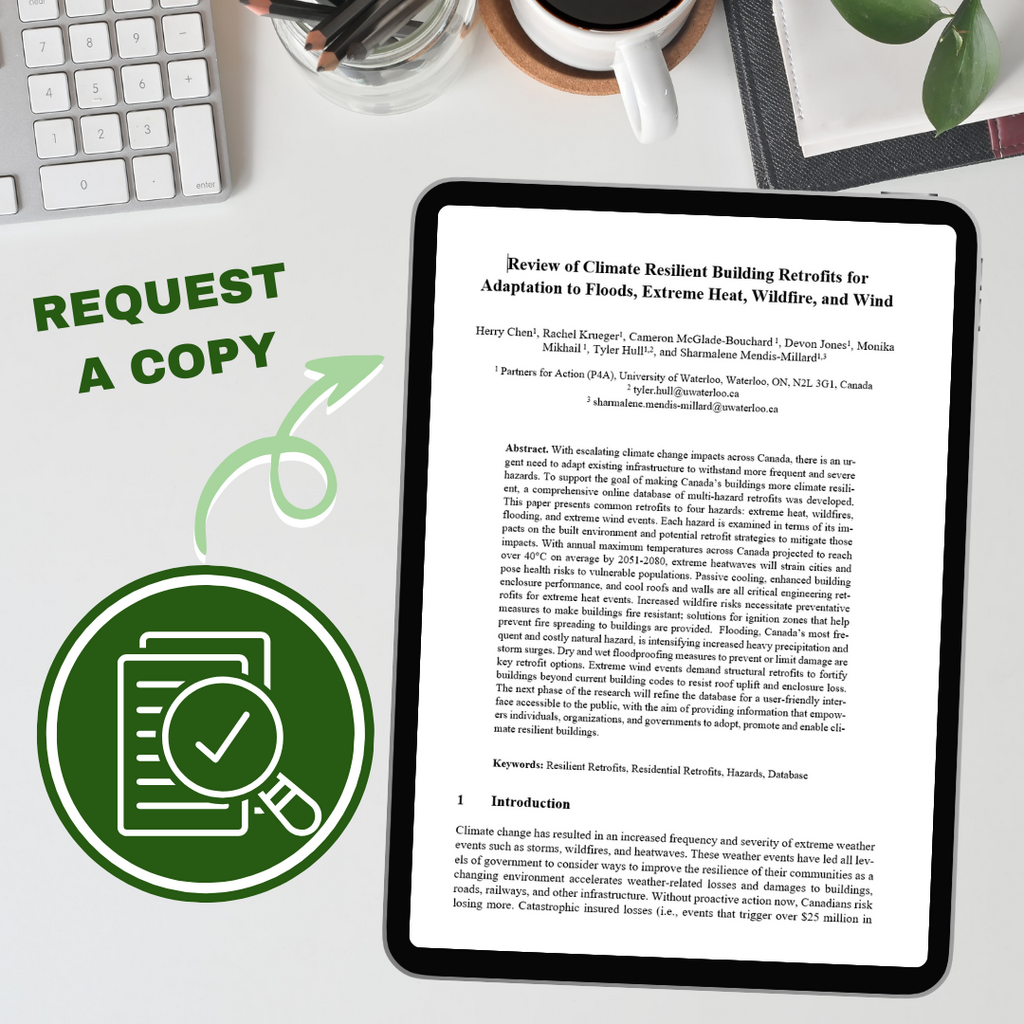With escalating climate change impacts across Canada, there is an urgent need to adapt existing infrastructure to withstand more frequent and severe hazards. To support the goal of making Canada's buildings more climate resilient, a comprehensive online database of multi-hazard retrofits was developed. This paper presents common retrofits to four hazards: extreme heat, wildfires, flooding, and extreme wind events. Each hazard is examined in terms of its impacts on the built environment and potential retrofit strategies to mitigate those impacts. With annual maximum temperatures in regions across Canada projected to reach over 40 degrees Celsius on average by 2051-2080, extreme heatwaves will strain cities and pose health risks to vulnerable populations. Passive cooling, enhanced building enclosure performance, and cool roofs and walls are all critical engineering retrofits for extreme heat events. Increased wildfire risks necessitate preventative measures to make buildings fire resilient; solutions for ignition zones that help prevent fire spreading to buildings are provided. Flooding, Canada's most frequent and costly natural hazard, is intensifying due to increased heavy precipitation and storm surges. Dry and wet flood-proofing measures to prevent or limit damage are key retrofit options. Extreme wind events demand structural retrofits to fortify buildings beyond current building codes to resist roof uplift and enclosure loss. The next phase of research will redefine the database for a user-friendly interface accessible to the public, with the aim of providing information that empowers individuals, organizations, and governments to adopt, promote, and enable climate resilient buildings.

